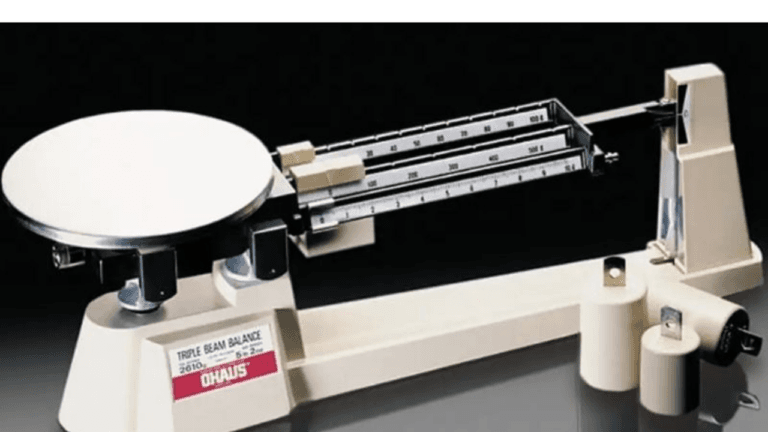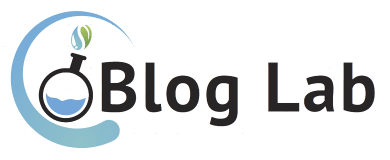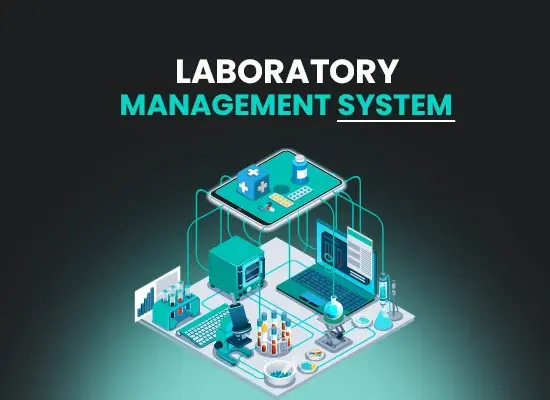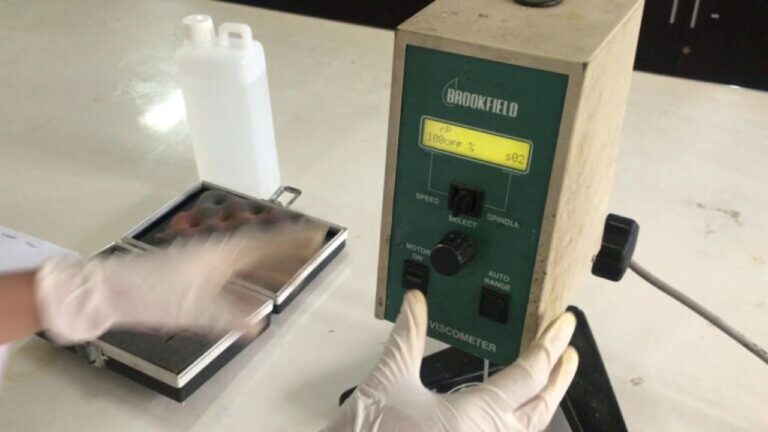How to Use Ohaus Neraca Effective

When I first entered the laboratory world, However, there is nothing more intimidating than a balance sheet. For a rookie, all the numbers and spinning needles made me feel like I was dealing with a monster. However, the Ohaus balance, which is one of the most common brands to use, is not that difficult. I'd like to share some of the lessons I learned about How to effectively use the Ohaus balance balance, and hopefully this will help you too.
Understanding Ohaus Neraca Component
Neraca Ohaus, especially recent models, equipped with various features that can make measurements more accurate and efficient. One of the first things you need to know is how to identify the main component. There's a platform where you put materials, digital screens to display results, and buttons that allow you to adjust the measuring unit. Everything seems easy once you spend a few minutes reading the manual—which is very important to a rookie like me.
One of the big mistakes I made was to immediately start using the balance sheet without reading guidance. Believe me, it was a very upsetting moment when I realized that I set the measuring unit to ounces, when I should have used grams. All the data I collected became useless. So, always take time to understand this thing before it starts using it!
Preparation Before Measure
Before you start measuring, it's important to set the scales properly. Make sure that the scales are on a flat, steady surface. Otherwise, the measurements could be wrong. On one occasion, I put a balance sheet on a table that was slightly skewed and the result became very inconsistent. My average measurement rate is more like a random number than I can count on.
After that, make sure to turn on the scales and keep it steady for a few minutes. It's called "warming up," and a lot of people forget about this move. You'd be surprised how many differences a step can make. I remember when I first used the Ohaus balance, I was tempted to measure without waiting, and the results were far from expectations.
Neraca calibration
Calibration is a step that must not be ignored. I once ignored it and had a problem with measuring. At first, I didn't understand why my measurements didn't go as expected. After consulting with a mentor, I realized that calibration is the key to ensuring accuracy.
Neraca Ohaus is usually equipped with automatic calibration functions, but you can also do it manually. For manual calibration, use standard weights that suit your balance capacity.
Exact Measure Technique
Now, let's talk about measuring techniques. After all the prep and calibration is over, you're ready to measure. Be sure to place the container or the material that will be measured with caution above the platform. One of the best tips I got was using a light container, like a measuring cup or a small bowl. It prevents me from measuring mistakes that happen due to the weight of the container that's too heavy.
Remember to press the tare button before measuring. The function is to remove the weight of the container from the end result so you just get the weight of the measured material. I remember first using the tare function, I looked at the number on the screen and felt very satisfied because it all worked out as expected. And yet, the next morning, I forgot about this move and I destroyed the data that I had collected.
Preserving Neraca Ohaus
After using the scales, don't forget the treatment! Be sure to clear the platform area after finishing measuring, especially if you use powder or liquid. Dust or residual materials can interfere with future measurement. I've been frustrated when finding traces of matter on the platform, which resulted in inconsistent results.
Keep the balance in a safe and dry place. Avoid direct exposure to sunlight and excessive moisture. I've experienced damage to the scales caused by high humidity. Again, small things like this can have a huge impact on the tools you use.
Conclusion
Using the balance of Ohaus effectively isn't as hard as imaginable, but there are some important steps to be followed to ensure accuracy and consistency of results. By understanding the components, doing the right preparations, calibration, proper measuring techniques, and good care, you'll make a good balance user.
My advice? Take time to practice! Every time you use a balance sheet, you become more confident and master this device. So, feel free to try, and remember, every mistake is a chance to learn. May this experience and tips be useful for your journey in the Ohaus balance!





